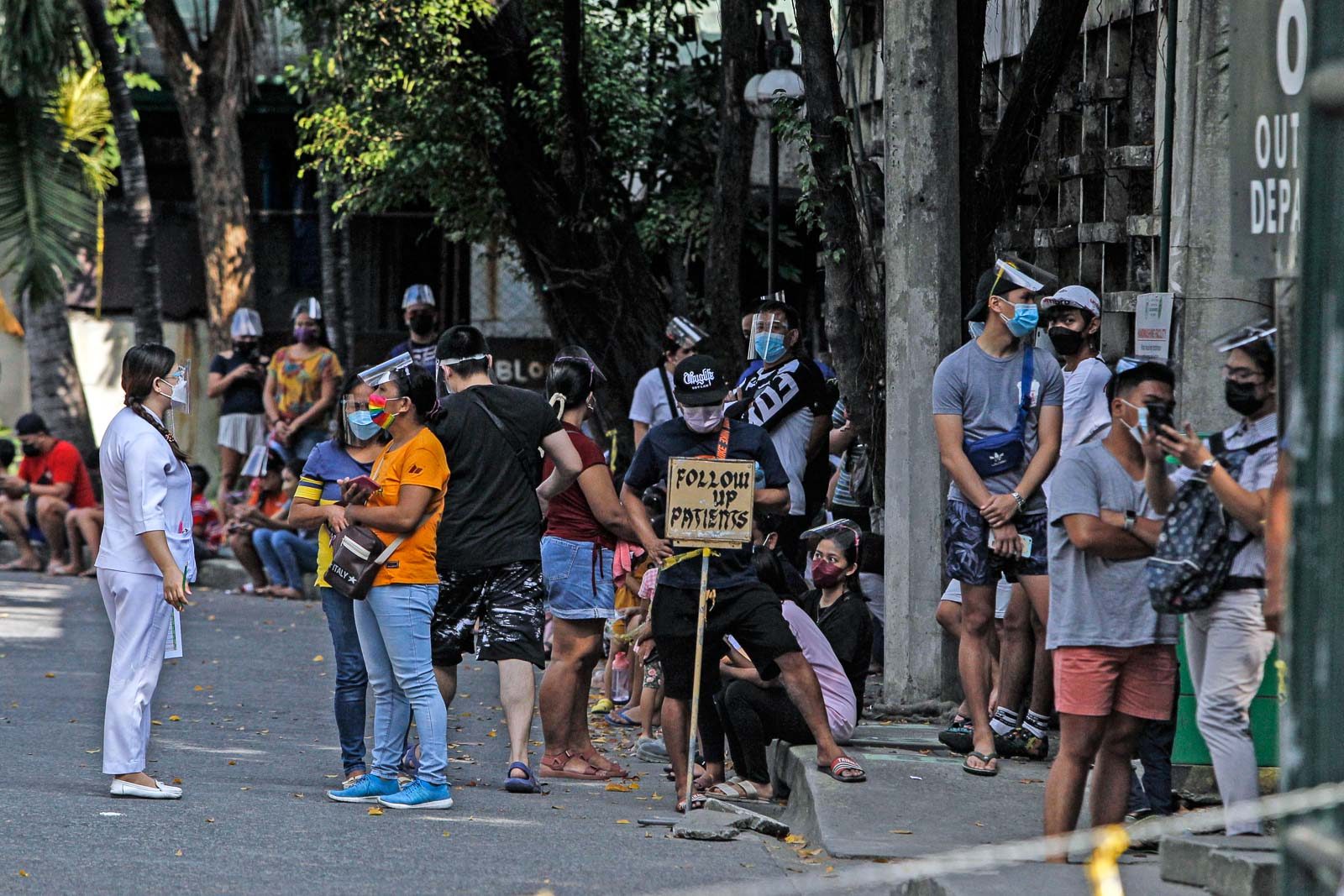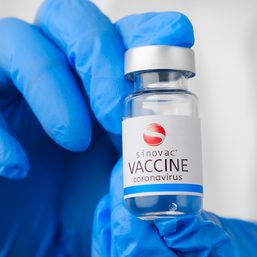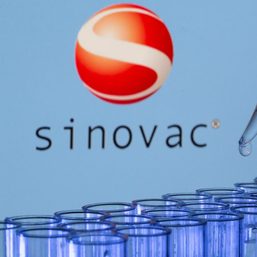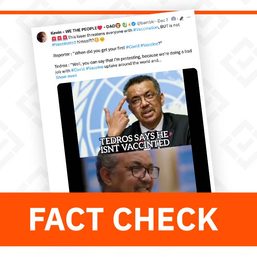SUMMARY
This is AI generated summarization, which may have errors. For context, always refer to the full article.

As we enter the third year of the pandemic, I look back and – sigh! – realize that my social life has greatly shrunk and can be reduced into a few numbers. Of the 730 days that rolled by in 2020 and 2021, I had three lunches outside of the immediate family, five meals in restaurants, all with family, three in-person meetings, one pre-Christmas reduced-family-size reunion, one out-of-town trip – and that was only a short day visit to Laguna – and zero foreign travel.
As for essentials, I’ve learned to do speed grocery shopping, in and out of the supermarket in 30 minutes. Lingering and discovering new stuff have become things of the past. It’s an all-business trip, my eyes like lasers focused on the grocery list, briskly marching from one shelf to another. And I schedule trips to the grocery twice a month at 7 o’clock in the morning when there’s only a sprinkling of people.
Most of my needs have been met online. From a hesitant online shopper, I’ve embraced Lazada and Shopee and a host of other sellers.
My lifeline to equanimity has been yoga. I have been attending twice-a-week lessons, held in the garden of my instructor who lives a few blocks away from my home. I am her only student. But omicron has stopped this – for now.
If everything were about math, this means I spent most of about 700 days at home. I connected to the outside world via Zoom, Google Meet, Streamyard, WhatsApp, Messenger, and a few times on Wire, Webex and Microsoft Teams.
Like most people, a chunk of my life has been put on hold. I’ve postponed a book project because it requires a lot of field work. Planned overseas vacation trips remain unfulfilled dreams.
The big question on our lips is this: When will we be freed from this straitjacket? When will this epic battle against the virus end?
Immunity and vaccinations
Here is one of the more cogent answers, thanks to reporting by Vox. “The good news is that it will end. Experts agree on that. We’re not going to totally eradicate COVID-19, but we will see it move out of the pandemic phase and into the endemic phase.”
While experts do not point to a timetable, two things are happening now that are leading to endemicity. One, the huge number of infections is “building up population-level immunity.” Two, vaccinations and boosters are also contributing to “a significant immunity wall that’s being built.”
Angela Rasmussen, a virologist at the University of Saskatchewan in Canada, told Vox that “the key determinant” of when the pandemic ends is how long it will take to make vaccines accessible around the world.
Vaccine inequity is the gap that needs to be seriously addressed. A new vaccine, CORBEVAX, may be the answer. NPR reported that “an unpublished study conducted in India involving 3,000 volunteers found the vaccine to be 90% effective in preventing disease caused by the original COVID-19 virus strain and 80% against the delta variant. It’s still being tested against omicron.”
It is affordable, about a dollar or $1.50 per dose and intellectual property of this vaccine will be available to everybody.
An Indian vaccine manufacturer – India is the world’s largest vaccine manufacturer – is now making the vaccine, according to NPR. The company says it is producing 100 million doses per month and has already sold 300 million doses to the Indian government.
Vaccinate the world
“We now have a new beginning and a head start to finally vaccinate the world,” wrote Peter Hotez and Maria Elena Botazzi, who head the Texas Children’s Hospital Center for Vaccine Development (CVD) and developed CORBEVAX.
In their December 2021 essay for Scientific American, Hotez and Botazzi wrote:
“CORBEVAX will soon vaccinate more people than vaccine doses donated so far by the U.S. government or any other G7 country.
This new COVID vaccine has several distinct features that make it particularly suitable for use in resource-poor settings: it is safe, effective and can be locally produced at very high quantities. CORBEVAX is easy to store and inexpensive.
CORBEVAX is made using technology that has been employed worldwide for decades…through microbial fermentation in yeast, similar to the process used to produce the recombinant hepatitis B vaccine that many resource-poor countries make and employ… Texas Children’s CVD and Baylor have already licensed the COVID vaccine technology to companies in Indonesia and Bangladesh and have licensed it for production in African countries such as Botswana.
The two professors of pediatrics and molecular virology at Baylor College of Medicine said the Texas CVD hopes to partner with the World Health Organization and other United Nations agencies to finally vaccinate the world: “We believe that, with our low-cost yet highly effective, safe, and easy to store and distribute recombinant protein vaccine, we might finally achieve global vaccine equity and overcome vaccine hesitancy and refusal. This is a critical next step to vaccinate our way out of the COVID-19 pandemic.”
Add a comment
How does this make you feel?

![[Rappler’s Best] US does propaganda? Of course.](https://www.rappler.com/tachyon/2024/06/US-does-propaganda-Of-course-june-17-2024.jpg?resize=257%2C257&crop=236px%2C0px%2C720px%2C720px)





There are no comments yet. Add your comment to start the conversation.